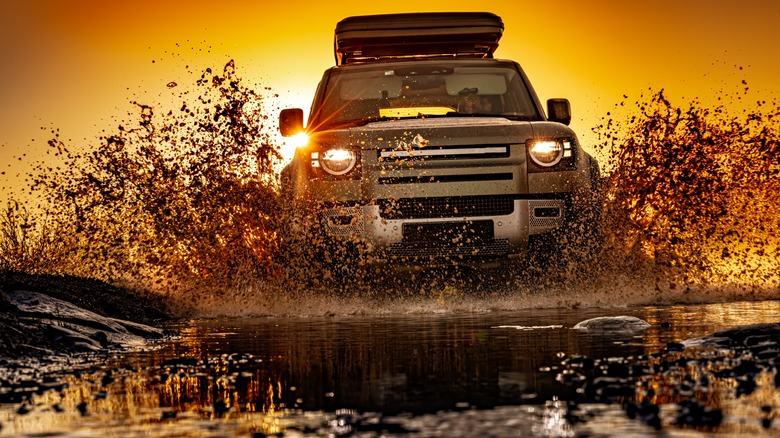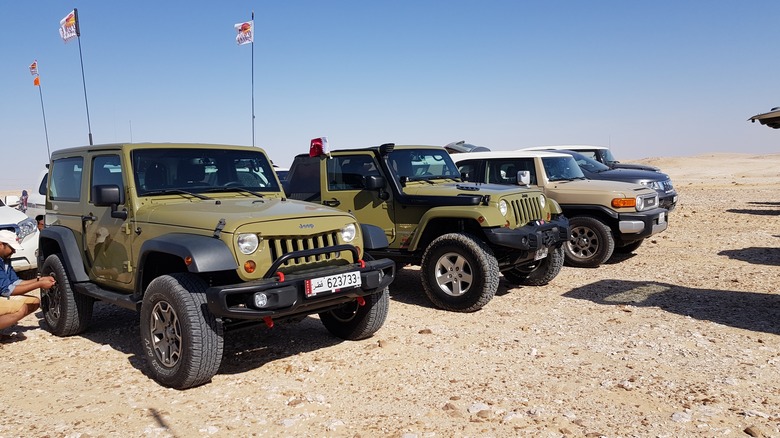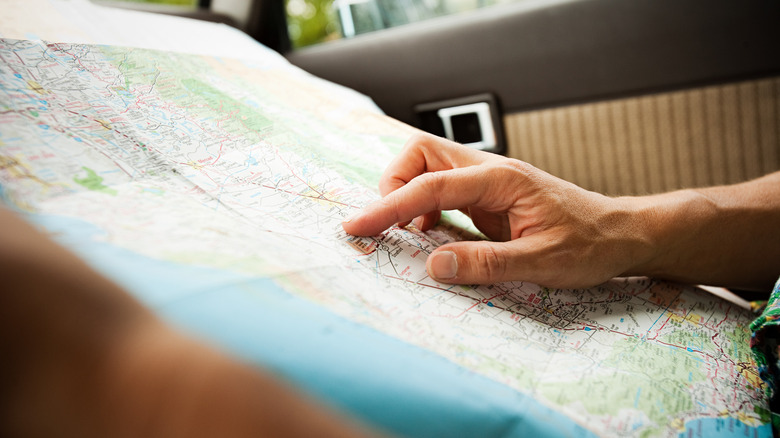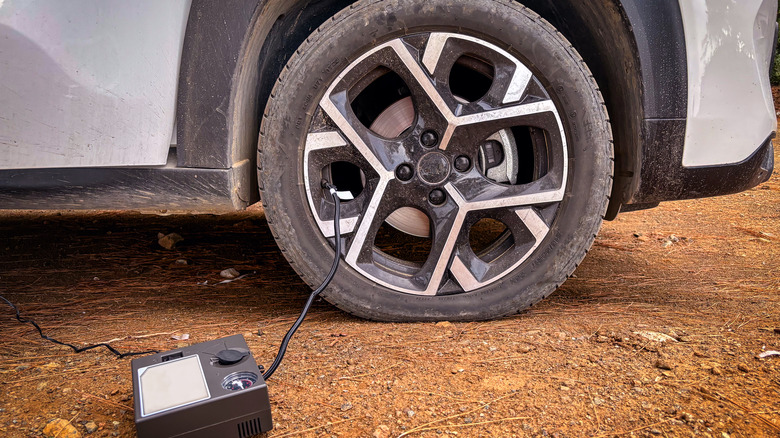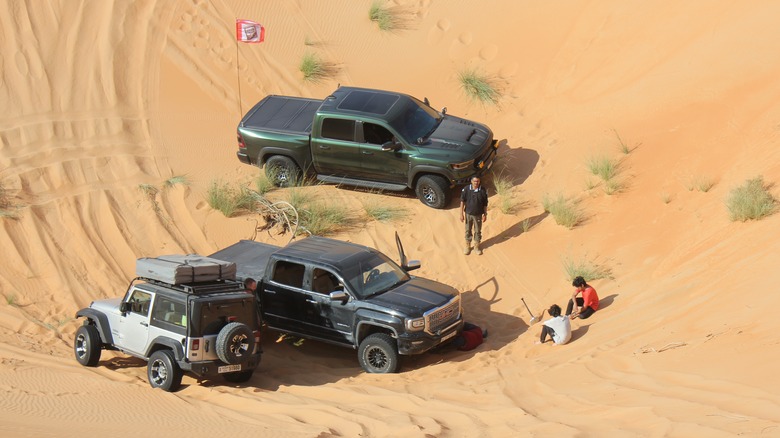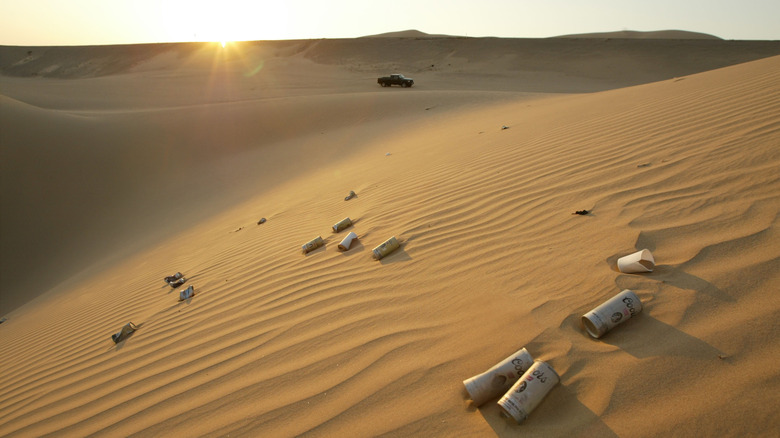8 Factors To Keep In Mind Before Setting Out On Your First 4x4 Off-Road Adventure
Starting out on your first 4x4 off-road adventure can be super exciting, but it can also be a bit nerve-wracking. You're probably picturing rugged trails, amazing views, and the thrill of tackling tough terrains. But before you jump into your vehicle and hit those dirt roads, there are a few things you need to keep in mind. More than having a capable vehicle, off-roading is about being prepared and knowing what you're getting into.
Think of this guide as your pre-adventure checklist; it's here to help you get ready so you can have the best time possible. These tips will make sure you are ready for whatever the trail has in store, whether it's planning a day trip or a weekend camping getaway.
We're going to cover how to get your vehicle ready, what gear you need, and (most important of all) safety tips. We'll also cover why it's crucial to understand your route and what to do if things go sideways. Off-roading can be a blast, but it comes with its own set of challenges and risks. Being prepared means you can handle those challenges and keep having fun.
Choose the right vehicle
Choosing the right vehicle is obviously very important when planning your first 4x4 off-road adventure. Not all vehicles are built for off-road terrains, so it's important to pick one that can handle the bumps and twists of the trail. When looking at your options, consider what kind of off-roading you're planning to do. Are you sticking to dirt roads and light trails, or are you thinking of tackling rocky paths and steep hills?
For lighter trails, we recommend a standard 4x4 SUV with decent ground clearance and sturdy tires which might do the trick. But if you're eyeing more challenging terrain, you'll need something with more serious off-road capabilities. Think about features like four-wheel drive, locking differentials, and low-range gearing. These help you maintain control and traction on rough or slippery surfaces.
When it comes to popular choices, you can't go wrong with a Toyota Land Cruiser. It's one of the best 4WD cars ever made. The Land Cruiser has excellent ground clearance, robust suspension, and the ability to easily switch into four-wheel drive. Plus, it has a ton of aftermarket support, meaning you can customize it to fit your specific needs.
The YouTube channel 4WD is Life offers a great comparison of three popular 4WD choices — Jeep Wrangler, Toyota Land Cruiser, and Ford Bronco. They show you each vehicle's performance on various terrains, which can help you make a more informed decision.
Understand your vehicle's controls
Off-roading isn't the time to be figuring out what all those buttons and levers do. Take some time to familiarize yourself with the key features and controls that you will need to navigate tricky terrain.
First things first: know how to engage and disengage your four-wheel drive and understand when to use high or low 4x4 modes. Some vehicles do it automatically, but others require you to manually switch between two-wheel drive and four-wheel drive.
Next, get to know your low-range gearing. This feature is crucial for off-roading because it provides more torque at lower speeds, which helps when you're climbing steep hills or maneuvering over obstacles.
Pay attention to the differentials, too. Locking differentials ensure that power is equally distributed to all wheels, which improves traction. Learn how to activate and use this feature properly, as it can help you get out of slippery situations where one wheel might be spinning freely.
Another important control is the hill descent control — if your vehicle has it. This feature helps you maintain a controlled speed while descending steep inclines without having to ride the brakes.
Last but not least, familiarize yourself with the tire pressure control. Lowering your tire pressure can improve traction on soft surfaces like sand or snow, but you'll need to pump them back up for driving on regular roads.
Once you understand your vehicle's controls, you will feel more confident behind the wheel while off-roading.
Plan your route
Planning your route is a sure way to make sure you're prepared for whatever the trail throws at you. Start by researching some potential trails. Look for ones that match your skill level and your vehicle's abilities. You definitely don't want to end up on a path that's too tough, especially if you're new to this.
It's smart to map out your route ahead of time and pinpoint key spots along the way. Look for landmarks, rest areas, and possible camping sites if you're planning to stay overnight. Having a clear route helps you avoid getting lost and makes sure you know where to stop for a break or to refuel. It's also a good idea to let someone know your route who isn't going with you, just in case something goes wrong and they need to find you.
AllTrails and Gaia GPS are apps that every outdoor enthusiast should have installed. They provide real-time updates on trail conditions, user reviews, and detailed maps. AllTrails is great for its community feedback and a wide variety of trails, while Gaia GPS offers detailed topographic maps and GPS navigation that works even offline. Both apps allow you to download maps for areas with no signal, which is a lifesaver in remote locations.
And remember, always be ready to change your plans if needed. Off-roading can be unpredictable, and you might have to adjust your route on the go. Having a well thought-out plan can make your first off-road adventure way more enjoyable.
Check the weather
Checking the weather might seem like a no-brainer, but it really is a very important step you shouldn't skip before your 4x4 off-road adventure. Weather can make or break your trip; it can turn a fun outing into a challenging ordeal if you're not prepared. Start by looking at the weather forecast for the entire route and not just your starting point. Conditions can change drastically over just a few miles, especially in mountainous or remote areas.
Rain, snow, and extreme heat can impact your adventure big time. Heavy rain can quickly turn dry trails into muddy quagmires — turning a decent trail into a muddy mess or making a sandy path even trickier to navigate. Extreme heat can take a toll on both you and your vehicle, so you'll need to plan for extra water and possible overheating.
Make sure to use reliable sources for your weather updates. Some of the best weather apps like the AccuWeather and Weather Channel can provide real-time forecasts and alerts for your specific location. However, don't rely solely on smartphone technology. It is a good idea to carry a weather radio for updates when you're out of cell range.
Pack essential gear
Your gear is your safety net. It's what will help you handle unexpected surprises and keep your trip comfortable and fun.
Equip your vehicle with essential tools and gear. Flat tires are a common issue off-road. A high quality tire repair kit and a portable air compressor are must haves for dealing with flats. It's also smart to have a heavy duty jack and a set of basic tools like a socket set and pliers for minor repairs. Recovery gear is crucial. Pack a tow strap, shackles, and a shovel for when you get stuck. Don't forget to bring a good spare tire and make sure it's in good condition.
For recovery, a winch can help you get out of tough spots where other tools might fail. A set of traction mats can provide the grip you need to get moving again if you're bogged down in mud or sand. Make sure to have a couple of D-ring shackles as well. They are perfect for attaching tow straps and can handle heavy loads. All these are items that could come in handy for off-road enthusiasts.
Don't forget a first aid kit for treating any minor injuries you might get. It's also smart to know how to use it, so taking a basic first aid course before you set out is a good idea.
Learn basic off-road driving techniques
One of the most important things to understand is how to approach different types of terrain. For example, driving on sand is very different from driving on rocks or mud. In sandy conditions, you'll want to lower your tire pressure to increase the surface area and prevent getting bogged down. When navigating rocky trails, slow and steady wins the race. You need to pick your lines carefully and avoid sharp, sudden movements that could damage your vehicle.
Braking is another aspect that changes off-road. You often need to modulate your speed more than just slamming on the brakes. Downhill descents, for instance, require careful use of engine braking to maintain control and avoid skidding.
CJ Bronco & F-150's video "So You Wanna Go Off Road? What You Need to Know For Your First Time!" on YouTube is a fantastic resource. It covers many basics, like how to read the terrain and what to watch out for when you're out there. It's a great starting point for anyone new to off-roading.
Go with a group
Off-roading can be unpredictable, and having a group of experienced people around can make a huge difference in how your day goes. It's not just about safety, though that's a big part of it. Going with a group also makes the adventure more fun and gives you a chance to learn from others.
The number one benefit of being in a group is that you've got backup if something goes wrong. If you get stuck in the mud or have a mechanical issue, someone else can help you out. A simple thing like a flat tire can turn into a major headache if you're alone in a remote area. With a group, you have extra hands and tools to tackle problems much more easily.
Experienced off-roaders can share tips and tricks that you might not know. They can teach you about reading the terrain, using your vehicle's features effectively, and recovering from sticky situations. It's like having a mini off-road workshop on the go. Plus, watching how others handle their vehicles can give you many ideas on how to improve your own skills.
Being part of a group also adds a layer of fun and camaraderie to the trip. You can share the excitement of conquering tough trails, enjoy the scenery together, and have someone to chat with during breaks. The stories and laughter you share around the campfire or during pit stops make the adventure memorable.
Respect the environment
The thrill of exploring remote trails and pristine landscapes comes with a responsibility to protect these natural areas for future adventurers. First off, stick to designated trails. Venturing off these paths might seem tempting, but it can cause significant damage to fragile ecosystems. Plants and wildlife can be harmed by vehicles straying off course, and it takes years for these areas to recover.
When it comes to waste, the old saying "leave no trace" is a good one to live by. Pack all your trash, including food scraps — which might seem harmless but can disrupt local wildlife. Animals can become dependent on human food, which isn't good for them and can lead to more significant problems in the long run. Carry a trash bag with you and make sure to pick up any litter you come across, even if it's not yours. It's all part of being a responsible adventurer.
If you are planning off-road camping, make sure to set up camp at least 200 feet away from lakes, rivers, and streams. This distance helps protect the water and the wildlife that depends on it. Use existing campsites where possible and avoid creating new fire rings or clearing new areas. This minimizes your footprint and helps keep the area looking natural.
